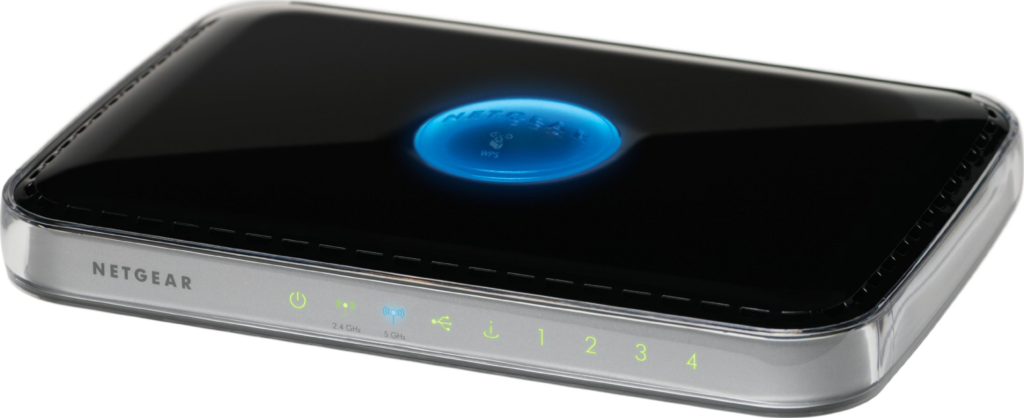As technology continues to advance, the need for secure home networks becomes increasingly important. One crucial aspect of maintaining a secure network is proper router configuration. In this article, we will discuss the various steps that can be taken to ensure your router is configured in the most secure manner possible.
Understanding the Router’s Role in Network Security
The router acts as the gateway between your home network and the outside world. It is responsible for directing incoming and outgoing traffic and providing a firewall to protect your network from unauthorized access. It is important to note that the router’s default settings may not provide the level of security needed to protect your network.

Steps to Secure Your Router
- Change the default login credentials
- Enable WPA2 encryption
- Disable Remote Management
- Configure Firewall
Changing the Default Login Credentials
One of the first steps in securing your router is to change the default login credentials. Many routers come with an easily guessable default username and password combinations, making it simple for hackers to gain access to your network. By changing the login credentials, you can add an extra layer of protection to your network.
Enabling WPA2 Encryption
Another important step in securing your router is to enable WPA2 encryption. WPA2 is the most secure encryption method currently available and should be used to protect your network from unauthorized access. By enabling WPA2 encryption, you can ensure that your network is protected from hackers and other malicious actors.
Disable Remote Management
Many routers come with the ability to remotely manage the device. While this feature may be convenient, it can also be a security risk. By disabling remote management, you can prevent unauthorized access to your router and ensure that your network is secure.
Firewall Configuration
The router’s built-in firewall can be configured to provide an additional layer of protection to your network. By enabling the firewall and configuring it properly, you can prevent unauthorized access to your network and protect your devices from potential threats.
Conclusion
Proper router configuration is essential for maintaining a secure home network. By taking the steps outlined in this article, you can ensure that your router is configured in the most secure manner possible. This includes changing the default login credentials, enabling WPA2 encryption, disabling remote management, and configuring the built-in firewall.
